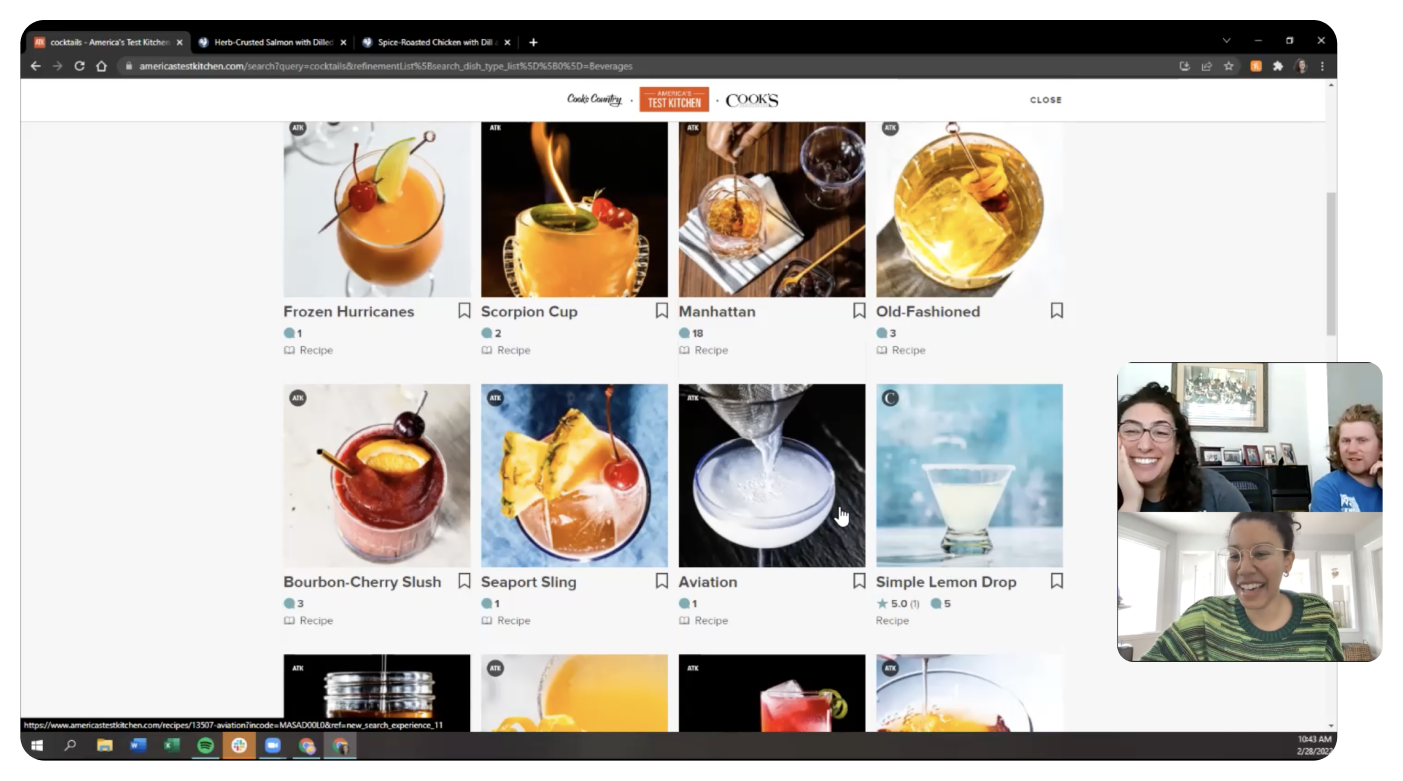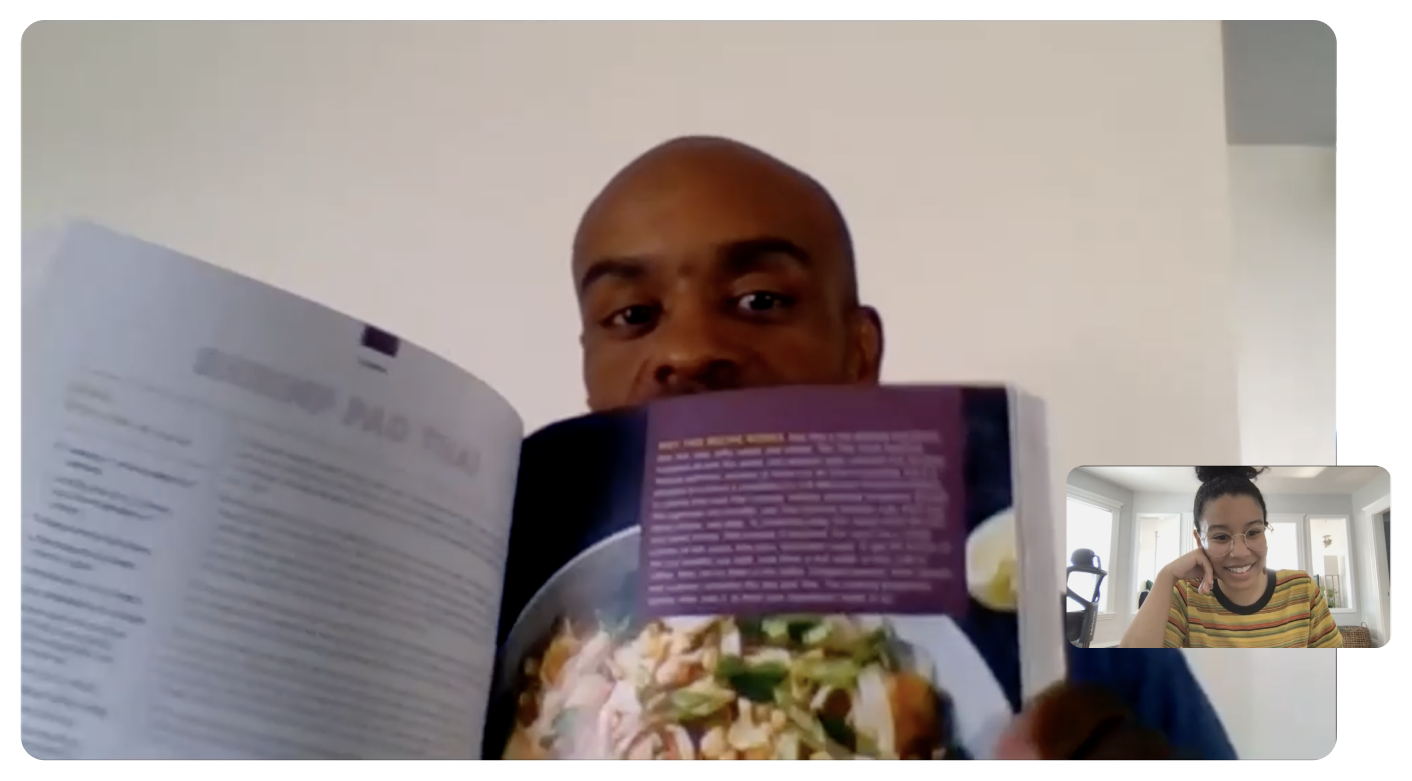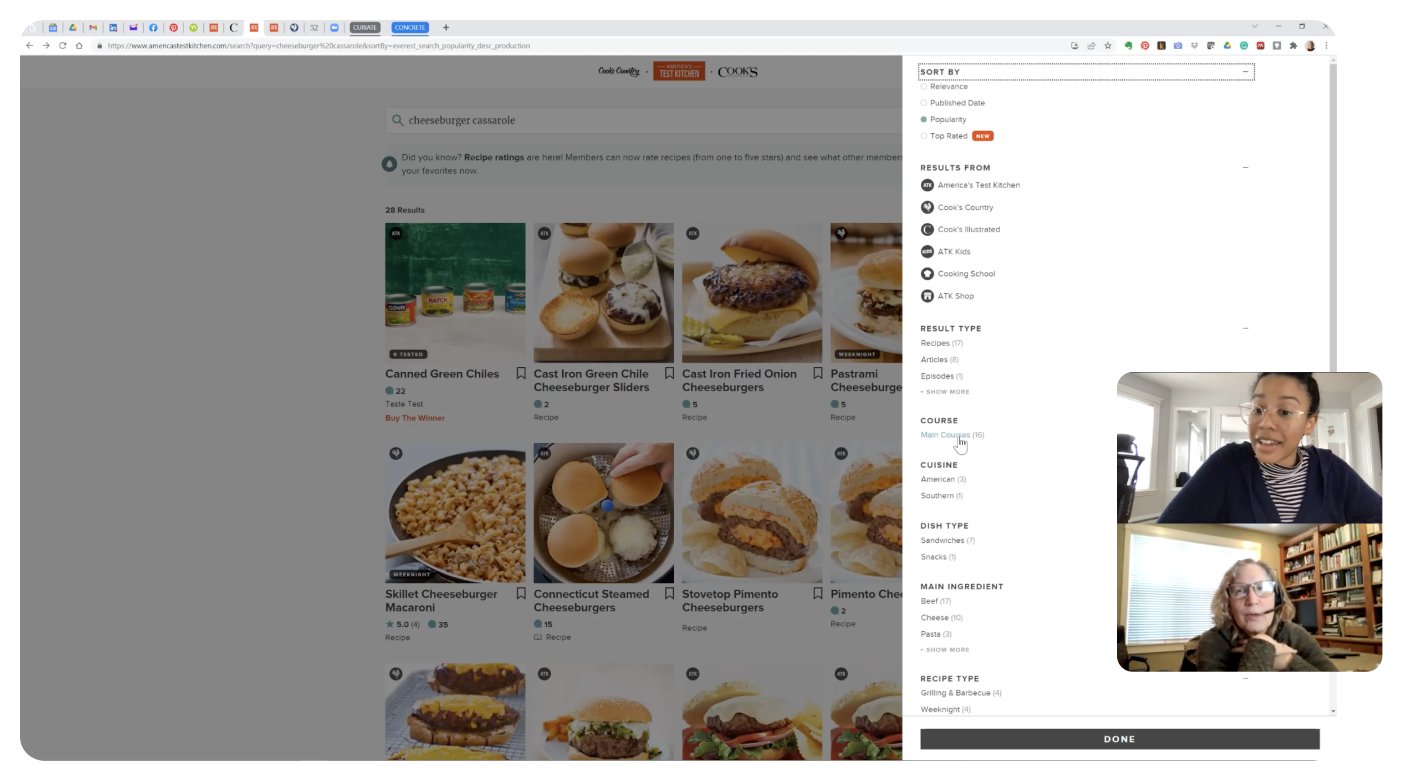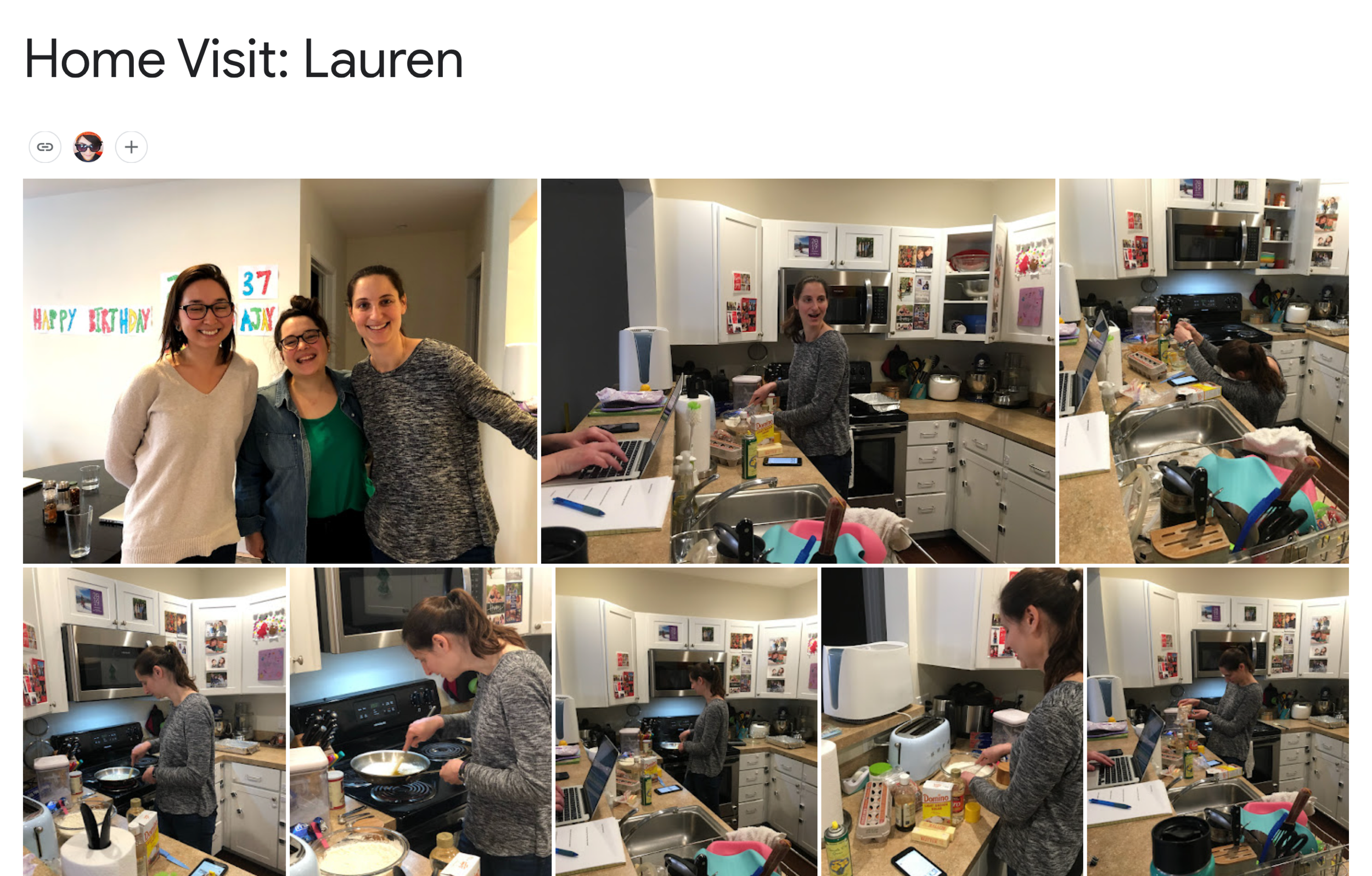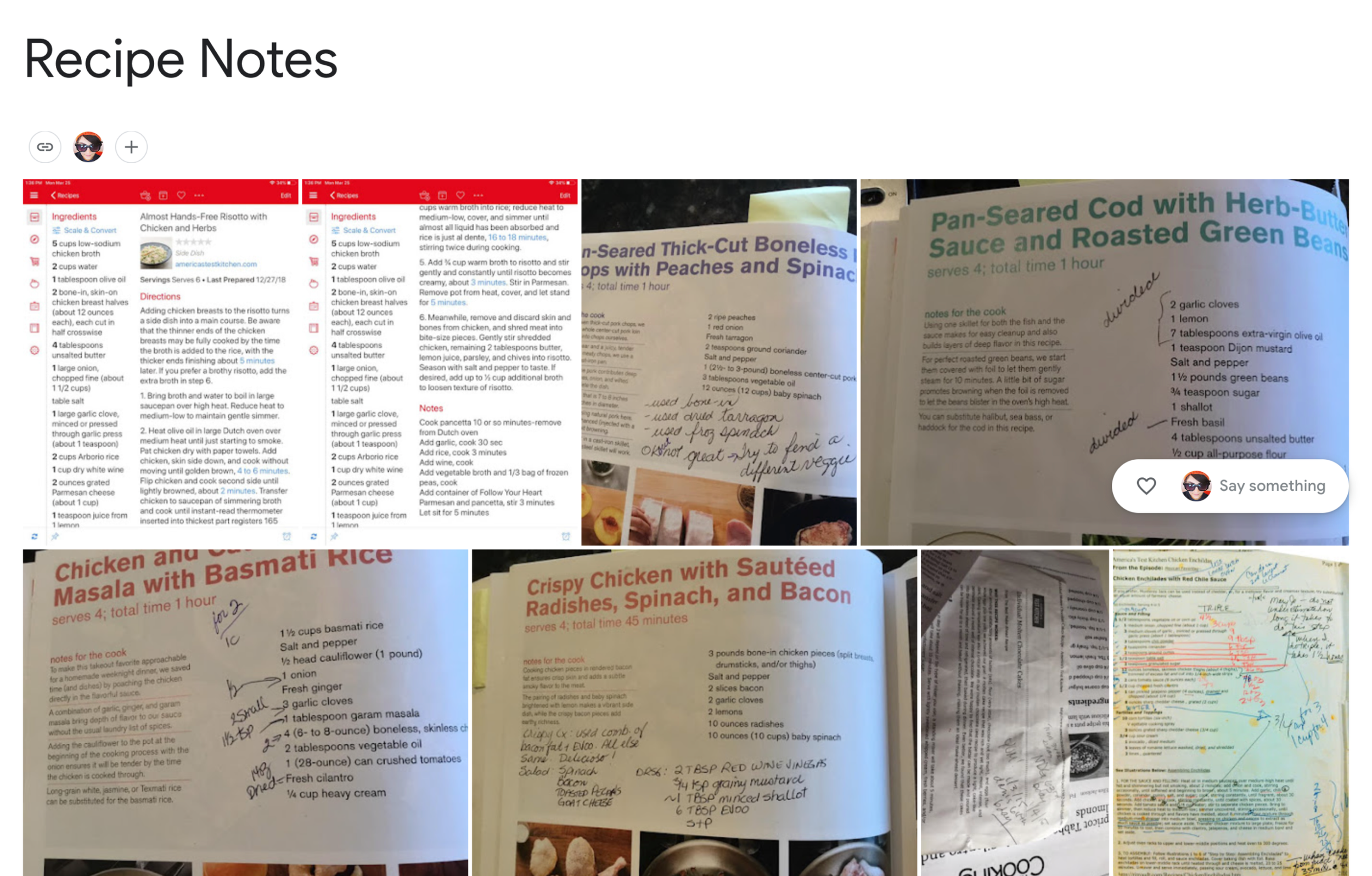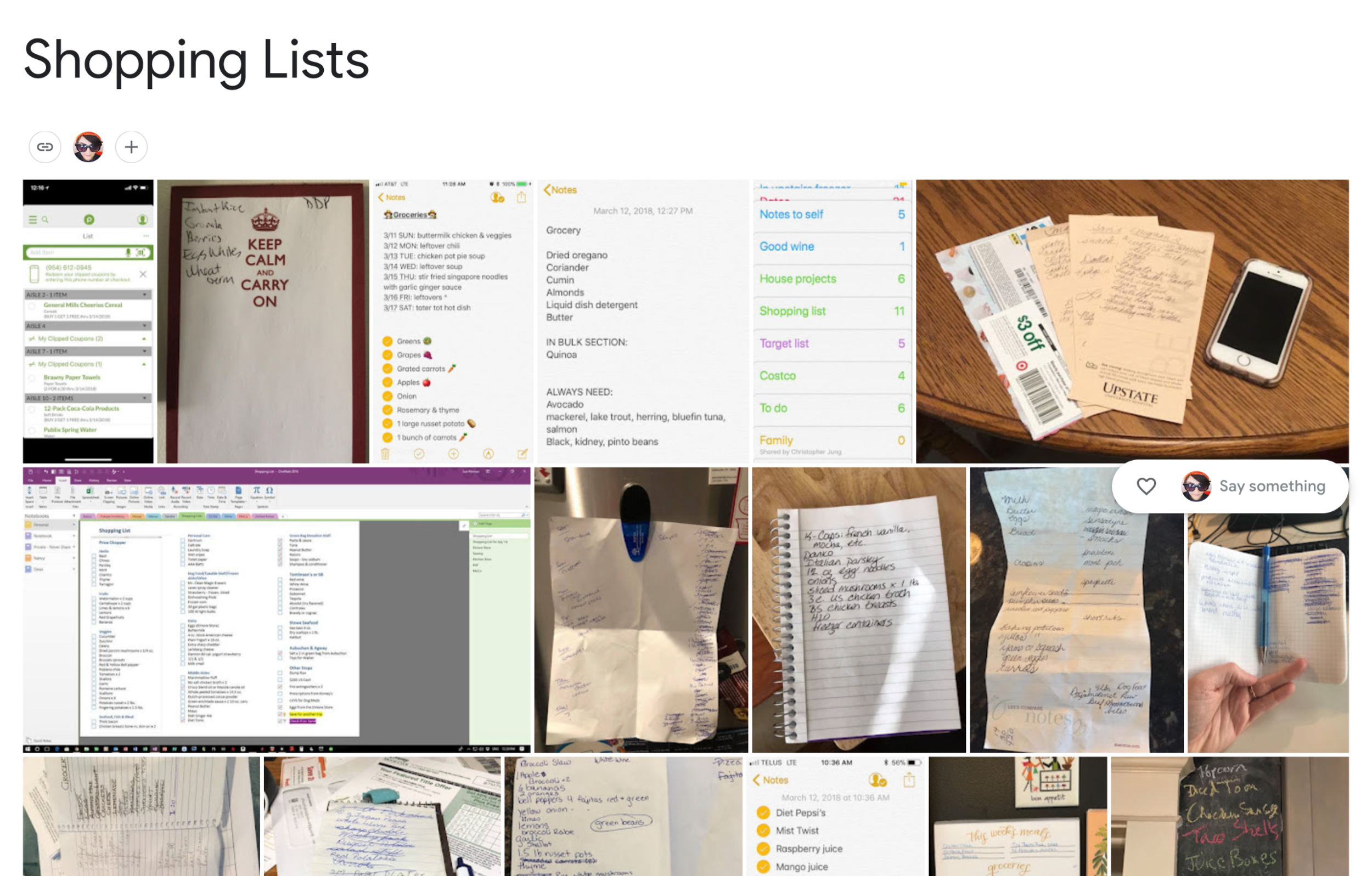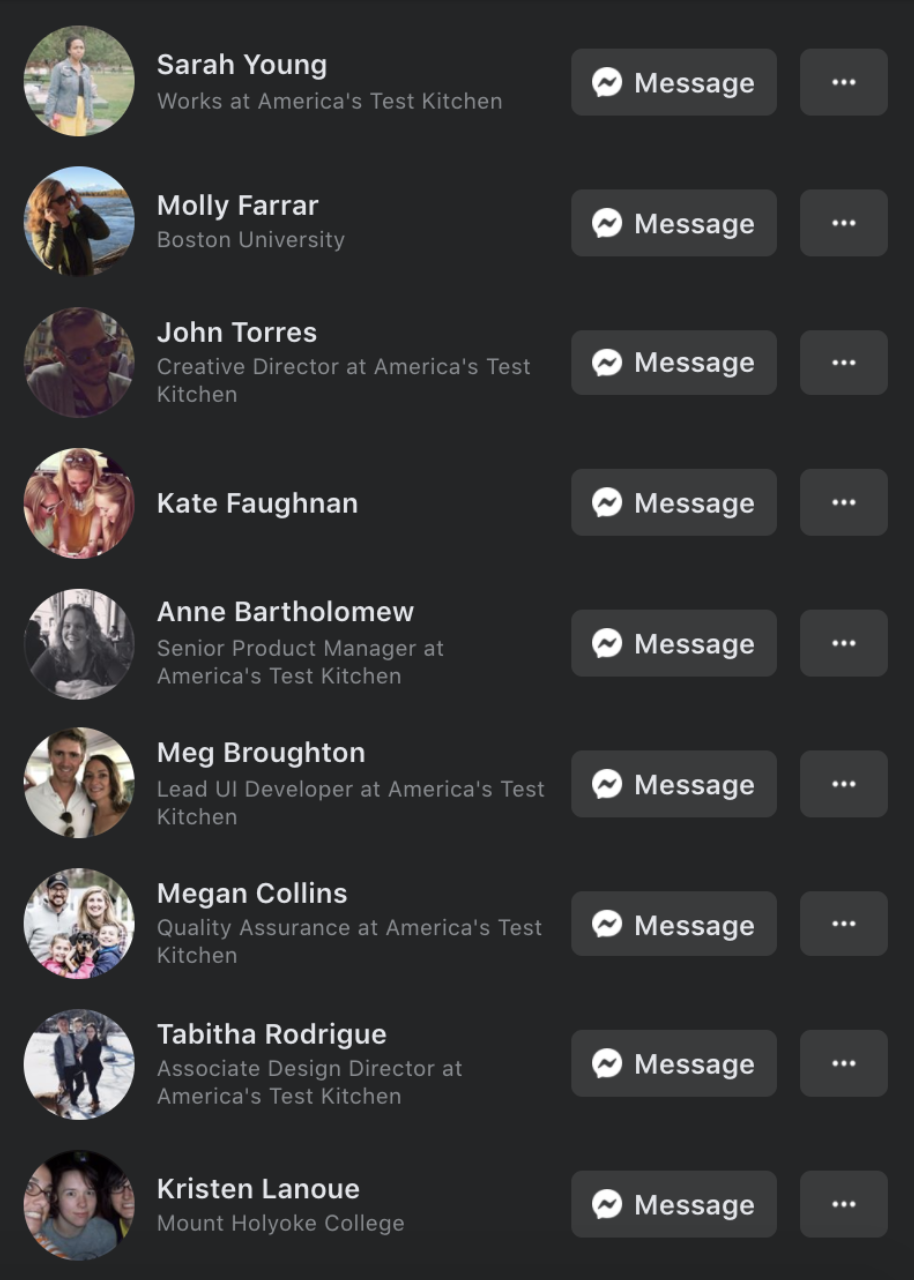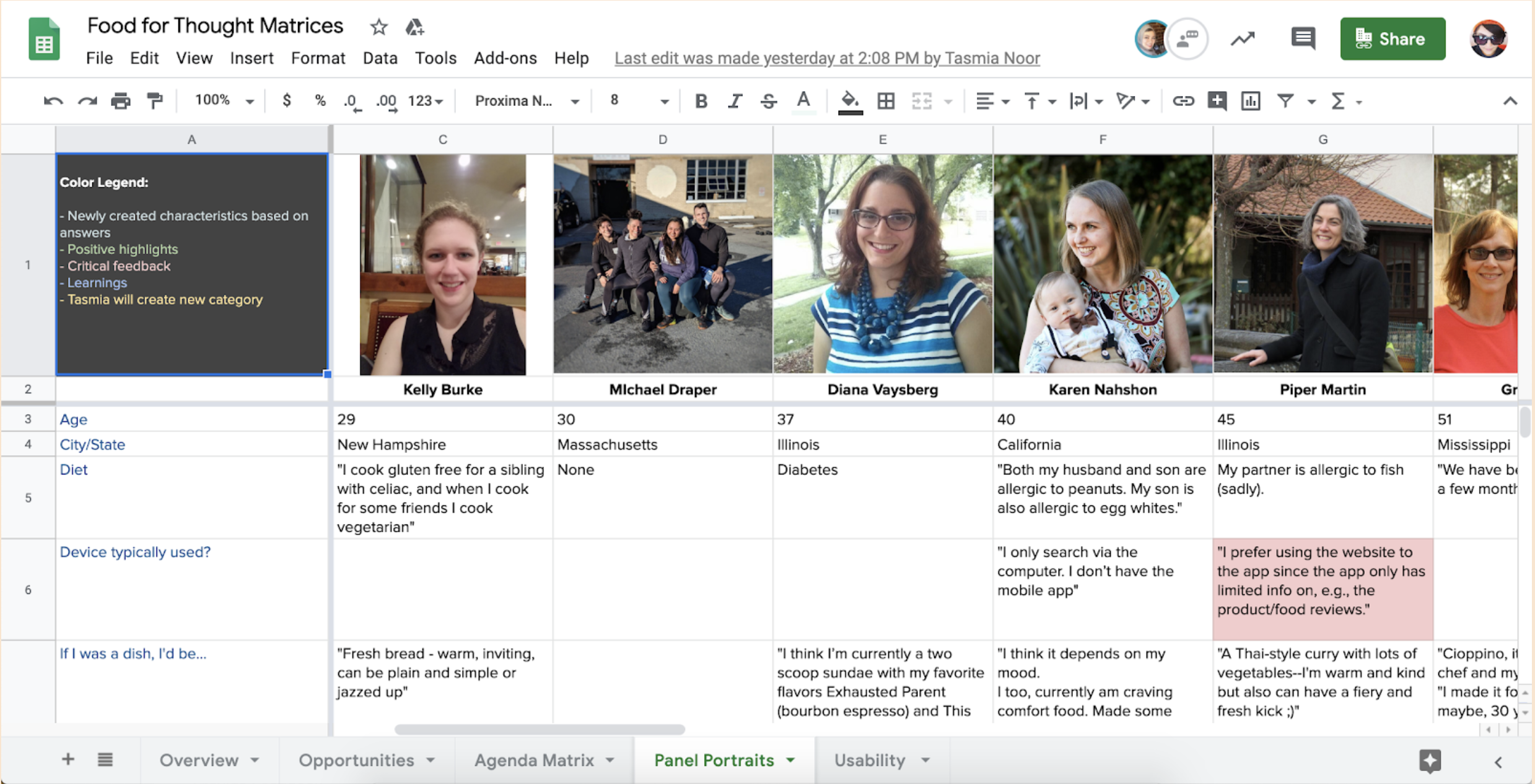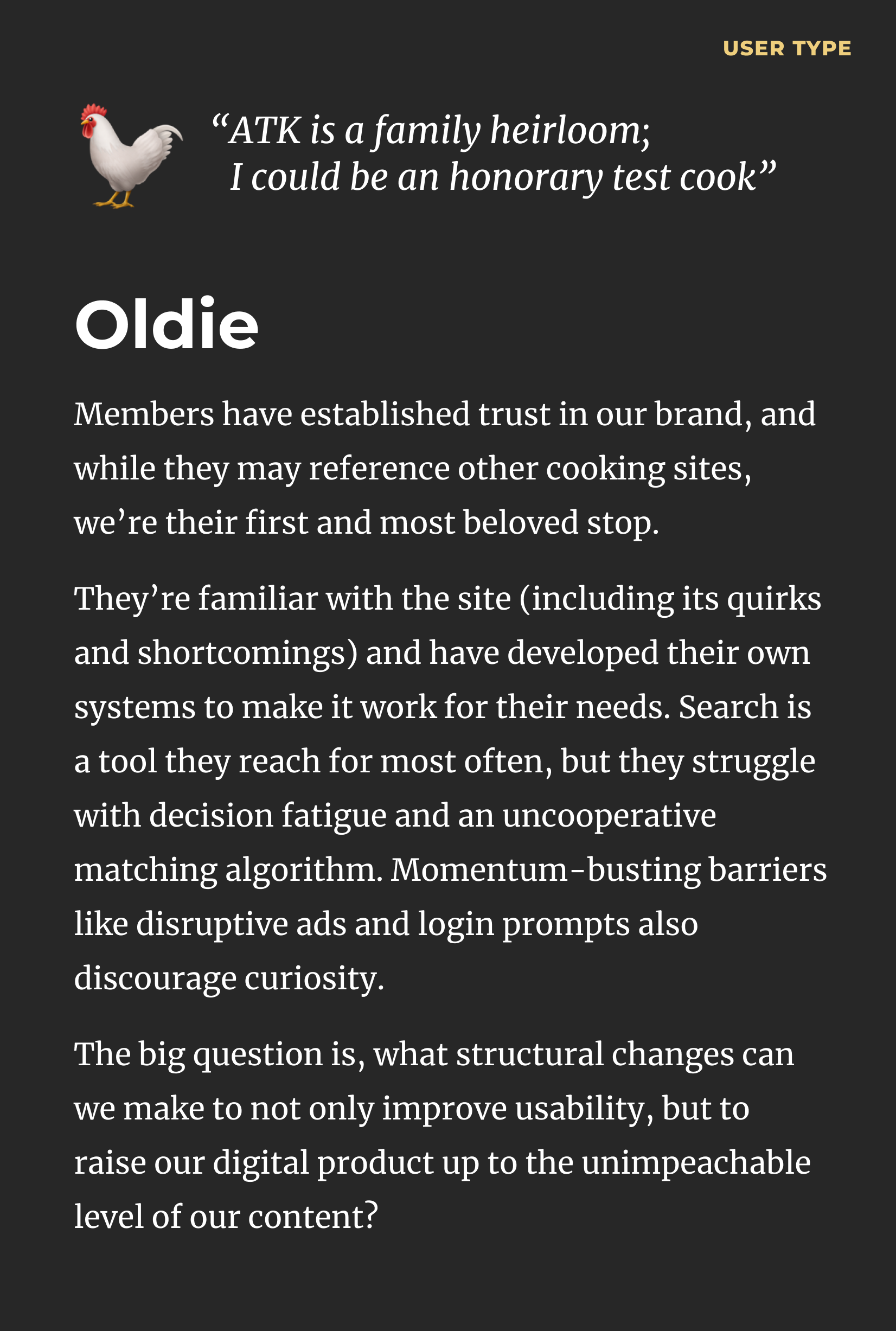Connecting Dots
/tl;dr
ATK’s silo’d internal org structure begat knowledge islands galore, and, worse, a fractured picture of the home cook at the micro ~and macro levels. These processes, practitioners, and data points needed connecting for us to really understand, and support, the customer.
the team: Kate Tetreault, Director of Product Design; Ashley Tenn, UX Researcher; Tasmia Noor, UX Designer; John Torres, Creative Director
/goals
Foster community, knowledge-sharing and collaboration amongst cross-disciplinary research practitioners; we are a team across teams!
Make internal research/ers more accessible to non-researchers– we all benefit when we are closer to the home cook!
Don’t spend any additional money, lol
Develop a more nuanced picture of the home cook by building more longitudinal and contextual UX research into our– go for the flipbook not the single frame!
/the
opportunity
The ATK brand is one passed from generation to generation of home cooks– marked by continuity and shared experiences built over time. However, when it came to UX Research, we were stuck in a reactive cycle of isolated surveys and feature tests that kept a fuller richer understanding of the home cook out of reach. For a company built around the idea of comprehensive (recipe, equipment, and ingredient) testing, this was a big miss.
Beyond that, the org structure was such that various research specialists were embedded across different disciplinary groups– meaning that the practitioners and insights from marketing analytics, TV and magazine audience consumer insights, home recipe tests, and UX research were out of sync.
/the
odyssey
We dove in head-first and enlisted the recruiting powers of our buds on the Consumer Insights Team as we kickstarted a pilot program– ATK’s first Co-Design Panel. ‘Food For Thought’ is an always-on UX research program (inspired by IBM’s) designed to give direct (and longitudinal!) access to/from our community of home cooks. Soon, we had 15 members from our new target demographic posting up a storm in a private facebook group, all accessible to our cross-discipline digital teammates.
By setting up shop where folks were already telling personal stories and sharing photos/videos, FFT allowed us to get more *types* of feedback faster and easier. Plus, we had the ability to follow-up/build on the conversation without barriers. Facebook’s platform tools of reacts also made it easy to gather micro-interactions from folks who didn’t have time to dig deep.
Food for Thought brought us closer into home cooks’ kitchens, grocery stores, and lives! Photos above from a home visit with a FFT’er, and albums of visual artifacts from shopping lists and personal note-keeping systems.
Food for Thought has seen many cohorts of home cooks since its inception, and spurred connection across the board. Testing early and often helped us ground our shared work within the reality of what our target audience actually needed. Having a centralized hub reduced the logistical overhead and democratized access to the customer– giving practitioners time back for insight-mining and relationship building. Moving to a more longitudinal and contextual approach unblocked a more nuanced (and validated) understanding of home cook journeys and mental models from cooking to planning to shopping to prepping to browsing/searching to reflecting/enjoying.
There were big visibility gains, too. This experiment had folks who usually worked behind the scenes communicating with co-designers via scrappy and informal videos – something we’ve never done before. Making our process more transparent helped other teammates gain a better understanding of what we do, and how we can support them.
Perhaps the most rewarding part of the initiative was opening the research process to stakeholders! It can be challenging to coordinate “ride-along” style testing IRL. Schedules are bananas, and oftentimes a large, present audience can spook users. With the FFT, cross-functional stakeholders could observe and interact as time/interest allowed. More visibility means more shared ownership, no knowledge islands, and reduced bias.
Food for Thought was a great foundation, but the game really changed for us when we carved out a dedicated UX Research role for Ashley Tenn, a UX Designer at the time. Their ability to simultaneously see the big picture and the small details, their deep empathy along with their curiosity, and reciprocity became an invaluable engine for our creative thinking. They identified and built out a canon of ‘quests’ that home cooks regularly took through our ecosystem, and shared them with engineers, product folks, marketers and fellow researchers alike. They even partnered with QA to use these quest modes as the blueprint for an automated testing program. Our product design team reaches for this framework to pressure test interactions large and small, making sure we’re building an experience as flexible as our home cook community’s needs.
Ashley’s ‘Quest Modes’ became a core part of our team’s design and discovery toolkit
In addition to creating more opportunities for collaboration and shared experiences, I started an informal monthly meeting (and, eventually, slack channel) Data Swap to unite researchers isolated across disparate teams. We treat Data Swap like an open mic night– practitioners can bring updates, questions or problems big or small to the hive mind. More recently, non-researchers have started attending, too, in efforts to spark creativity or grow their understanding of home cook and relationships with our research practitioners. It remains one of the most interesting, goofy, and wholesome meetings on my calendar.
/coda
Excitingly, Ashley recently envisioned and coached a small team of product, consumer insights, and designer partners through a live observational research sprint in the Test Kitchen Kitchens. The team was incredibly energized and plans to make the program recurring.
Another project, still in the oven, plans to expand on the intent of FFT, and create a tester community that spans all of the company’s discplines– including recipe, equipment, ingredient, book concept, and programming initiatives.
The dot connections are growing stronger and even propagating organically!
/more 👀
01
02
03
04
05
06
07
08

